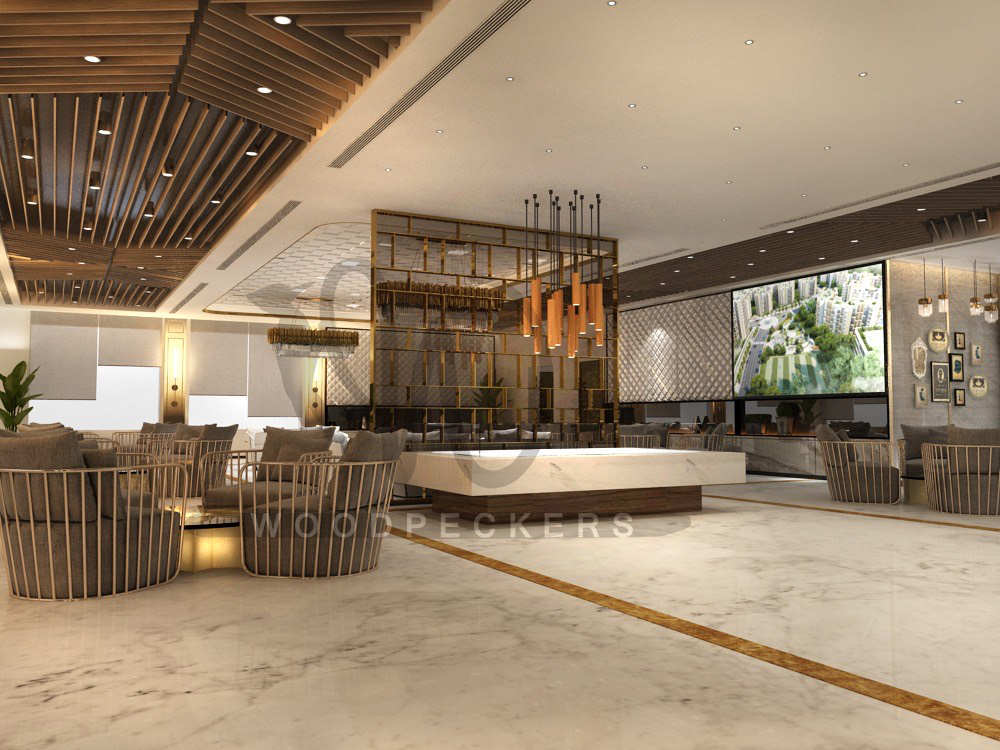Work-from-home is becoming popular, and flex work is becoming the norm for physical workplaces, so the office itself must change to accommodate employees better. Facilities managers, in particular, must optimize the workspace to maximize productivity. This means designing an office for maximum use of space. If a workspace is well used, it meets the needs of the employees. Facility managers must understand those needs if they are to design the workspace accordingly. Unfortunately, this is not as easy as it sounds. To focus only on what worked or what appeared to work is not enough. Data-driven, verifiable insights are at the core of reimagining the office in a major way. We’ll show you how to work on Corporate Design Interiors and also understand workplace usage and design based on it, so your new space supports employees through this period of transition.
When defining space utilization, space occupancy must also be considered. In contrast to occupancy, space utilization describes the degree to which a space is being occupied by a specific person or object. A conference room that can accommodate 10 people is at 80% utilization if right now only 8 people are in it. The utilization rate over time would be a better indicator. Its utilization rate is 50% if 40 hours of hotel desk time is available per week, but only 20 hours are occupied. Another factor to consider is relative usage. It’s reasonable to say that Conference Room C’s utilization rate is much lower than the average if Conference Rooms A, B, and C are available 40 hours per week and have utilization rates of 75%, 80%, and 20% respectively. Ultimately, space utilization is a measure of how many hours a space is used. A well-used space is often a reflection of demand, which makes it helpful to observe which areas are highly utilized and design your workplace after them.
The software is largely responsible for monitoring and measuring utilization. There are many types of spaces in workplaces: individual desks, breakout spaces, conference rooms, etc. Through the application of technology, employees will be able to see how often, for how long, and when they occupy these spaces. These trends will make sense to the company.
The following are examples:
- The most popular days for using conference rooms are Thursdays and Fridays
- The most popular flex spaces are three-person breakout areas
- An average of 68% of hotel desks are occupied each week
- Most room bookings take place between 10 am and 1 pm
A picture of the office ecosystem is painted by combining data from room booking software, IoT, and manual inputs. Facility managers can better tailor equipment to employees’ needs, wants, and expectations by learning how they interact with it.
Insights from data can be useful, but actionable insights require critical thinking. Managers must use insights to move facilities forward in a context-sensitive manner. As an example, if you need more breakout space, you cannot simply add it to the middle of a hotel desk cluster-you may disrupt an otherwise successful concept. Assess the availability of space and implement new ideas without disrupting those that already work with a critical eye such as corporate interior design companies!
When making changes to the workplace with corporate interior design services, take into account both micro and macro scales. To better understand space availability and occupancy levels, view the stack plan for large changes. When implementing changes to space, consider the immediate impact on the area around the office. There are many opportunities for change on both levels, but you need to consider how your changes might affect access to the office, as well as how those changes might affect utilization rates.
Looking for corporate interior designers and corporate interior design firms?
Look no further than Woodpeckers Global! Visit https://woodpeckersglobal.com today!







